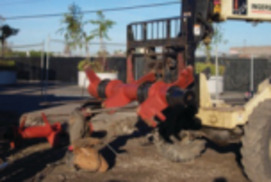Mineral-Based Amendments for Remediation
Amending soils with mineral-based materials to immobilize contaminants is both old and new. Although mineral amendments have been used for decades in agriculture, new applications with a variety of natural and reprocessed materials are emerging. By sequestering contaminants in or on solid phases and reducing their ability to partition into water or air, amendments can reduce the risk of exposure to humans or biota. A variety of mineral types are commonly used to amend contaminated soils, with different modes of molecular-scale sequestration. Regulatory, social, and economic factors also influence decisions to employ mineral amendments as a treatment technology.
Mineral-Based Amendments for Remediation Read More »



